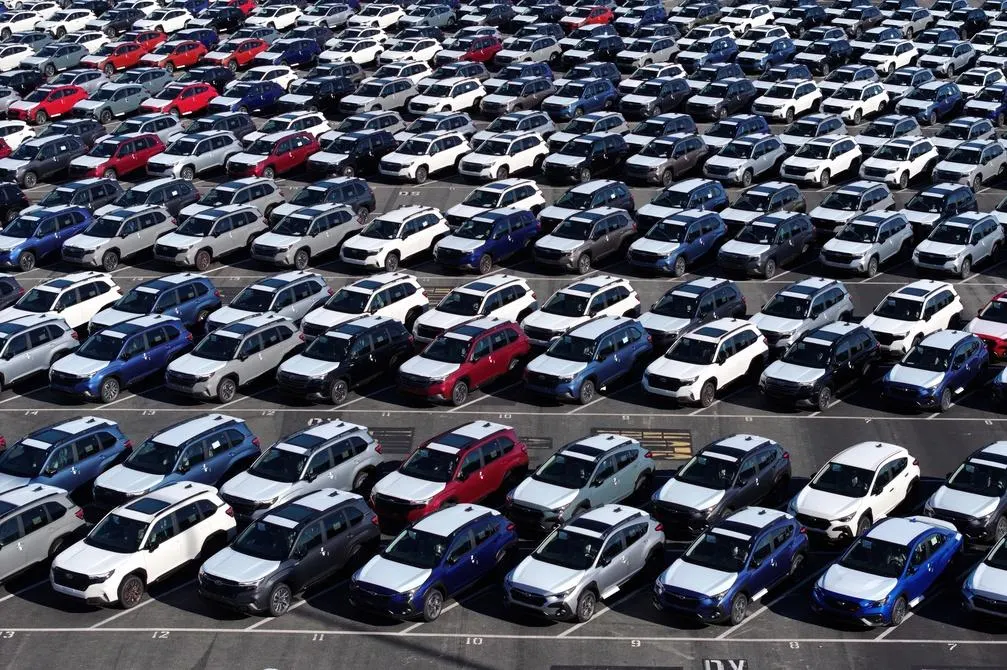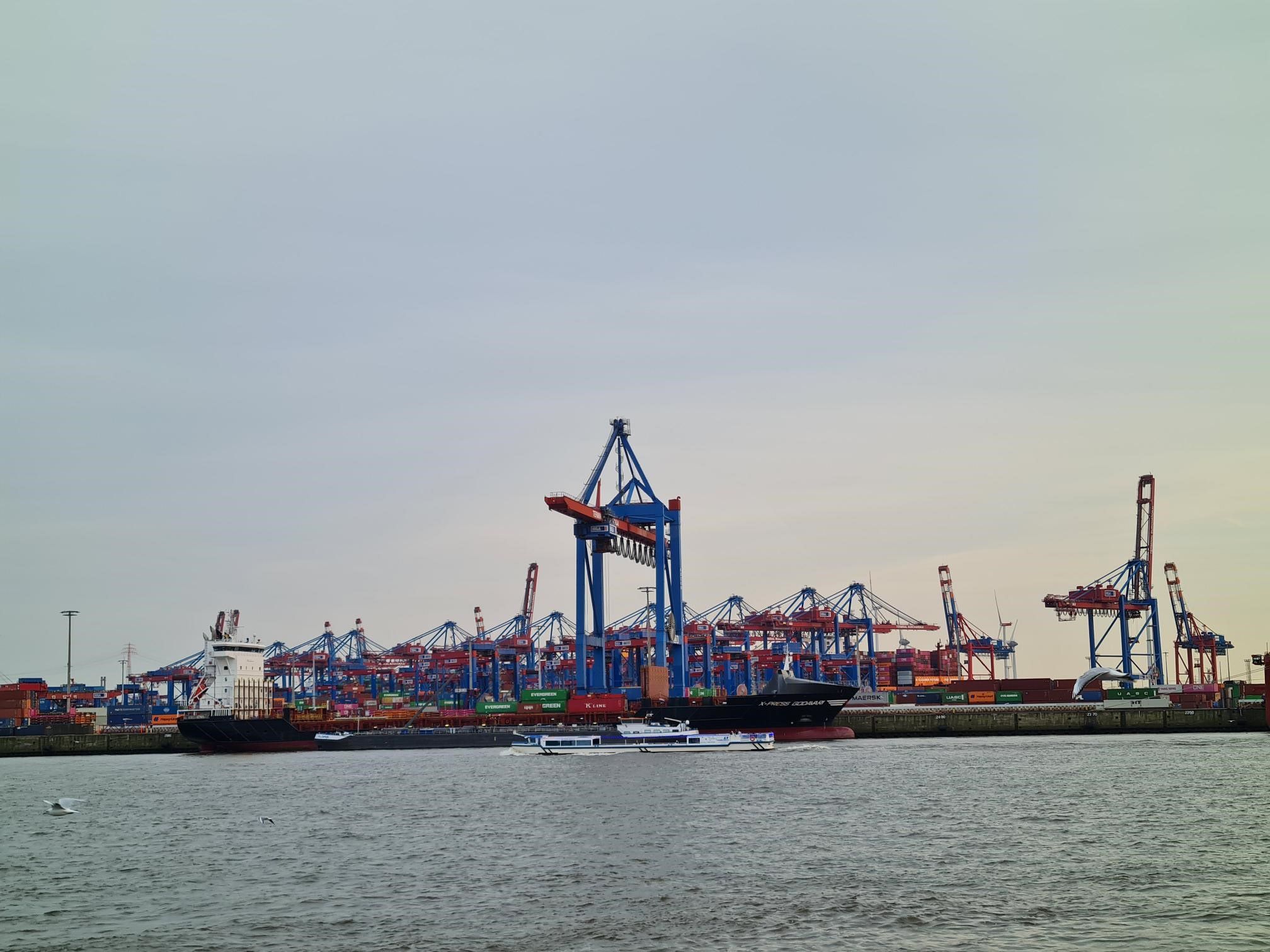By Ed Garsten,Justin Sullivan,Senior Contributor
Copyright forbes

RICHMOND, CALIFORNIA – MARCH 24: In an aerial view, brand new Subaru cars sit in a storage lot at Auto Warehouse Co. on March 24, 2025 in Richmond, California. Automakers and suppliers are working to roll with repeated changes in import tariff rates and regulations. (Photo by Justin Sullivan/Getty Images)
Getty Images
It’s tough to score a bullseye on a moving target, but that’s what manufacturers are attempting to do as Pres. Donald Trump continues to toy with the rate of tariffs on imported goods since first announcing them last spring.
As late as September 5, Trump issued an executive order once again “modifying” the scope of reciprocal tariffs he originally announced on April 2.
The repeated changes in tariff rates are making both short and long-range planning more challenging for automakers and suppliers for which key decisions must be made as long as years in advance.
Industry panel discussing import tariffs at the MOVE America mobility conference in Detroit, September 24, 2025. From left: Jeff Lamb, Honigman LLP, Seth Drucker, Valeo, Amit Sharma, Lear, Chauncey Mayfield, Honigman LLP.
That’s what was on the minds of industry executives and legal experts who advise companies in the auto sector and closely follow issues related to it at the MOVE America mobility conference in Detroit this week.
MORE FOR YOU
Indeed, uncertainty is the antithesis to predictability automakers and supplier require for product and financial planning, pointed out Robert Riley, chief value partner at Honigman LLP, a business law firm based in Michigan.
But those days are gone, he said so companies are “getting comfortable being uncomfortable.”
Robert Riley, chief value partner at Michigan law firm Honigman LLP.
Honigman LLP
“That means tradeoffs, that means supply chain adjustments, that means capital expenditure adjustments and sometimes deferments, that means changing customer behavior,” Riley pointed out in an interview on the MOVE conference’s sidelines. “All of those things are happening at once, and they can only predict so much, and they can only get so much information out of the current administration that’s going to help them plan for tomorrow, next week, next month, next year.”
The results, Riley asserted, include deferring some long-term capital investments, extending a vehicle’s normal seven to nine year lifecycle to perhaps 10 or 12 years due to the upfront dollars needed to replace or refresh a vehicle.
“You’re seeing that with launches delayed or deferred or some programs canceled entirely, especially on the electric side,” Riley pointed out.
To successfully bounce along the waves of policy changes suppliers are asking their customers for greater transparency on contingency plans, offered Seth Drucker, vice president, general counsel, North and South America, at auto supplier Valeo, during a panel discussion.
“The auto industry, typically, for the last 25, 30 years, has been a just in time business, and now you’re seeing just in time or just in case, and you have requirements that you have a 30 or 45 day, or sometimes a one year stock of certain critical components where there’s a geopolitical risk that there may be an issue getting those, and you can’t just turn around and buy them from someone else the next day,” said Drucker. “It’s required more trust, a little bit more data sharing that I think everybody might have been comfortable doing in the past.”
Drucker went on to advise all links in the supply chain must communicate with each other as to production, spending and contingency plans to make sure the companies all their “ducks in a row” in order to be agile enough to react sensibly in the event tariff rates change again.
One contingency often discussed to avoid paying levies on imported parts, components or entire vehicles is producing those products in the U.S.
Indeed, Amit Sharma, vice president, and deputy general counsel at seating supplier Lear said a consideration is “onshoring” production “a much as possible.”
Easier said than done, points out Riley, given long lead times and especially the cost and time required to build new factories.
“These companies have invested billions of dollars, tens of billions of dollars, to build a supply chain that’s international in an effort to produce not just the highest quality vehicles, but at the most effective costs,” said Riley. “They’ve got to run a business, and you can’t turn that upside down in response to a particular administration’s regulations and expect to see immediate returns. So no, the short term, you just can’t pull the switch.”
When Pres. Trump first announced the import tariffs, it set off a gold rush to dealer lots by consumers looking to scoop up “pre-tariff” vehicles before prices were expected to soar once cars and trucks subject to the levies arrived.
But in most cases automakers didn’t raise their prices once the tariffs were imposed, preferring to absorb the costs rather than turn off customers.
That may be good customer relations, but not long-term.
“It’s unsustainable,” Riley declared. “If their costs are going up 10,15, 25% or more depending on where parts are coming from, that’s unsustainable. The margins in the automotive industry aren’t 25 or 30 or 40 or 50% so that’s just not sustainable in the long run.”
The bargain party is already breaking up. In August, the average transaction price for a new vehicle increased to $49,077 from $48,841 as more 2026 model year vehicles arrived and automakers sought to offset higher costs, according to a Kelley Blue Book report issued on September 11.
As Honigman partner Chauncey Mayfield pointed out in the panel, “tariffs always existed.” The trick is understanding how to act when they change and how your products fit in with existing trade agreements.
For sure, Valeo’s Drucker insists constant conversation between manufacturer and supplier is key to “being able to model very quickly the impact of a tariff that might be announced in a tweet or an executive order, so that you can understand what you need to do in the next three or four days, not the next three or four months or a year.”
It’s a hell of a moving target.
Editorial StandardsReprints & Permissions



